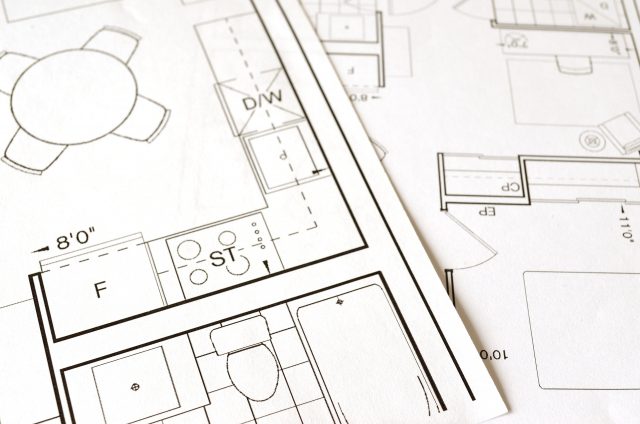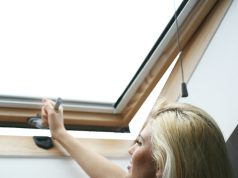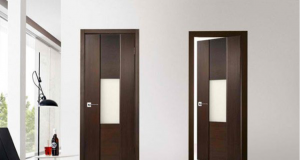
No one likes to miss out. Equality is of the utmost importance these days, and in fact, it always should have been this way. Of course, this means that a little more care and attention must be paid to certain aspects of a new build, taking into account the needs of others. Continue reading for some tips to ensure your property is disability-friendly.
Accessible Entrance
People take for granted that there will be a handrail for pathways when coming into a building. However, not all handrails are created equal. For some handicapped people, you need to make sure that you have the right kind of handrails for their safety and comfort.
In fact, some railings may not be DDA (Disability Discrimination Act) compliant. In which case, you’ll need to replace them. Which can come at a great cost. Whether you are replacing the existing railings or building from scratch for the first time, then Ezi Klamp DDA handrails are a good option since they satisfy the compliance issues and are easy to install. There is no welding necessary so they go in easily and quickly.
What makes a railing compliant? You’ll need to have some specifics when it comes to the height of the railing so people of all abilities will be able to comfortably grasp the railing. The material also plays a part so they don’t heat up in the sun. The shape and texture are also important.
Corridors
To allow wheelchair users to access the new build without issues, having a sensible width of the corridor would be advisable. Long corridors often need fire doors to secure smaller sections of the building. Having either automatic doors or ones controlled by electronic passes, for example, might be the best option. Whichever you go for, signs explaining which way they will open are a must.
Toilets
Accessible bathroom facilities are always a useful addition to any new build. Consider a spacious layout for wheelchair users. A changing room could be ideal, allowing a fully inclusive approach to your construction. They allow people to have their personal care administered in a safe, secure environment, which helps them to maintain their dignity.
Space is essential, of course, but so too is a hoist, a bench with adjustable height options, and other equipment at a suitable height. For those users with less physical disabilities, such as those who use colostomy bags, a disabled toilet can sometimes offer a lack of places onto which they can put down belongings. The addition of a shelf or a table which can be lowered may be useful.
Switches and Sockets
When it comes to using equipment, it can be problematic for plug sockets to be too close to the ground. Whether someone is in a wheelchair or has reduced mobility, they may find it challenging to reach down that far. Likewise, light switches should be positioned slightly lower down on walls to ensure they are within reach. Alternatively, invest in a lighting system that is automatically based on movement sensors.













